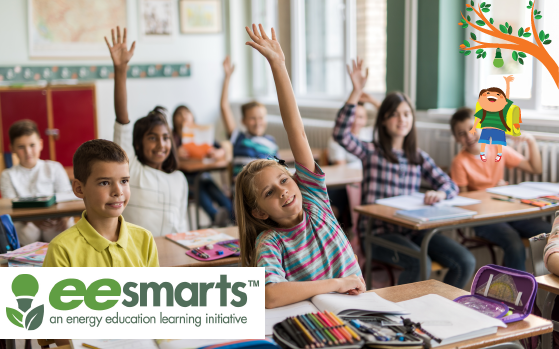eesmarts lessons align with Next Generation Science Standards and Common Core Standards for Math & English Language Arts.
Each eesmarts lesson features materials for students, hands-on activities, detailed teacher lesson plans, extensions, and evaluation tools. The lessons are flexible and interdisciplinary and they fit seamlessly into any class curriculum or in afterschool programs too.
For our elementary level students there are a variety of lessons and activities designed to support learning about energy. Check out these favorites below:
Elementary Energy Infobook
Elementary Energy Infobook Activities
Elementary Science of Energy
Energy Stories and More
Energy Games and Icebreakers
Great Energy Debate Game
Energy Conservation Contract
Energy Inspectors
Managing Home Energy Use
Energy House
For all elementary curriculum: https://shop.need.org/collections/elementary-guides
If you want to color and learn more about energy visit our coloring pages to keep kids of all ages creating and learning at the same time. https://www.need.org/resources/coloring-sheets/
And for selected curriculum in Spanish: https://www.need.org/resources/spanish/




